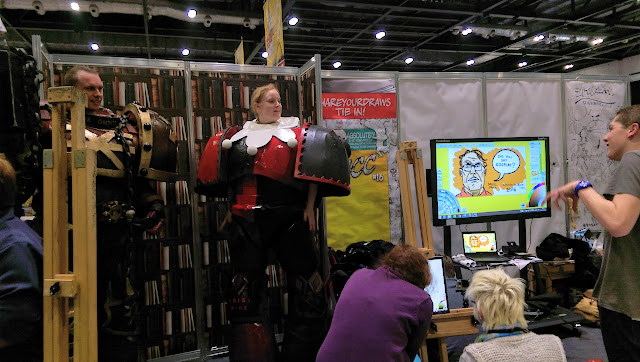I once read that every story that can be told has
been told already. Many stories are reconfigured, disguised in
such a way that the audience is feels like they're seeing something
new and different. I didn't want to believe it but the more I boiled down and reduced stories to their bare plot elements, the more this seemed so. So, what are those three plots?
- The Mysterious Stranger
- The Quest
- The Genesis Story
That's it. Hard to believe isn't it? When you boil the story down, you will come to one or more of these three basic
plots. Yes, this is reducing stories to the extreme, but these are not where you
end. It's where you begin. Let's consider them one at a time.
Someone or something enters a community. The story built around
this plot often follows one (or both) of these two questions:
- What is this stranger's impact on the community?
- What is the community's impact on the stranger?
If it does not follow either of those questions, then the stranger may be used as a lens by which the author reveals the characters and/or community in which the stranger finds him or herself.
THE QUEST
This can be a
search for anything: love, treasure, the identity of the Mysterious
Stranger. All mysteries are built around the quest for the solution. You might
consider some subcategories to the Quest. It could be said that the quest is too broad and you could break things down further,
including such categories as the Chase and the Hunt. While these are all valid, they can still be seen as all being quests of one
sort or another.
THE GENESIS STORY
How something or someone came to be. In comic book terms, this is
the origin story.
When I thought about my favorite stories and I started to see at the heart of them is one or more of these
three basic plots. It is an art, to find new stories to tell based on these plots. This is where artistic vision
comes into play. We are all individuals, shaped by our experiences. It is our
unique perspective on these three stories that will give our work a distinctive
voice.
Remember if you are a duck there are special offers at Heinemann apparently...
comic
,
comic book
,
creating
,
creator
,
illustration
,
plot
,
Plots
,
story
,
writer
,
writing
Remember if you are a duck there are special offers at Heinemann apparently...





































































